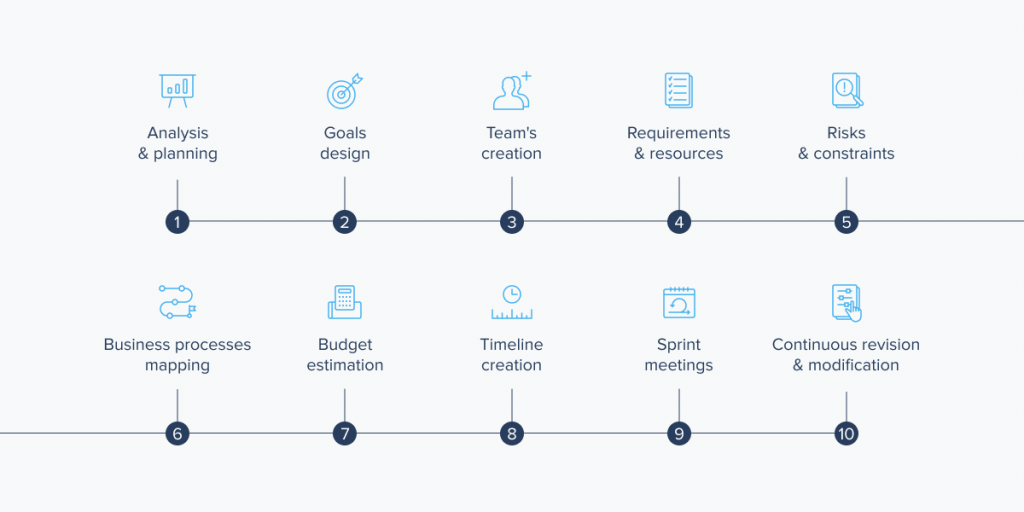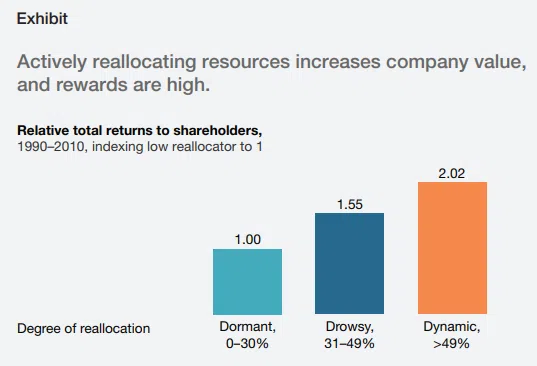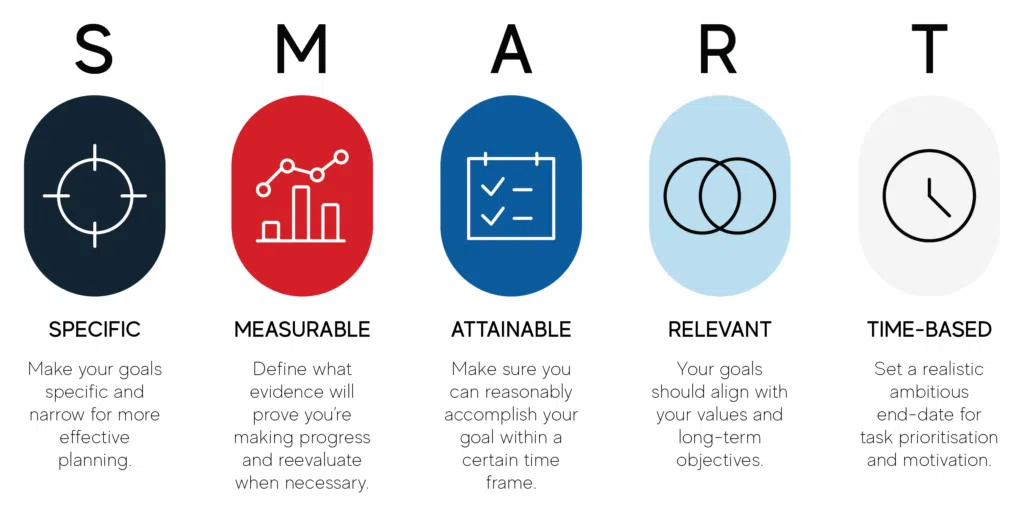Software Development Planning for Flawless Project Execution
In today’s fast-paced digital landscape, effective software development planning is more critical than ever. A well-structured planning process serves as the foundation for successful project execution, guiding teams through the complexities of development while minimizing risks and ensuring alignment with business goals. This article delves into the essential aspects of software development planning, providing insights and strategies to achieve flawless project execution.
What is Software Development Planning?
Software development planning is the process of outlining the software development ideas, vision, objectives, resources, timelines, and methodologies for a software project. It serves as a comprehensive roadmap that guides the development team throughout the project lifecycle. This planning phase ensures that all stakeholders are aligned on project goals, and it involves defining the scope of work, identifying potential risks, and establishing quality assurance measures. A successful software development company relies on effective software development planning to deliver high-quality products that meet client expectations and market demands.
Understanding Software Development Planning
Software development planning encompasses a detailed approach to defining the project’s scope, objectives, resources, software development timelines, and methodologies. This comprehensive process ensures that teams are equipped to identify potential challenges early and develop strategies to mitigate them, leading to a smoother development cycle and better end results.

Image source: Bamboo Agile
Importance of Software Development Planning
Effective software development planning is crucial in today’s competitive landscape, as it lays the groundwork for successful project execution. By establishing clear objectives, defining project scope, and allocating resources efficiently, a well-structured plan not only mitigates risks but also enhances collaboration and productivity among team members. In this section, we explore the key reasons why prioritizing software development planning can significantly impact the success of your projects.
-
Clarity and Direction: A well-defined plan offers a clear vision of the project’s goals and objectives. This clarity ensures that all team members understand their roles and responsibilities, which fosters accountability and motivates everyone to work toward a common aim. When everyone knows what they are striving for, it minimizes miscommunication and aligns efforts, contributing to a cohesive working environment.
-
Risk Management: Identifying potential risks early in the planning process allows teams to develop contingency plans. By addressing risks proactively, the likelihood of unexpected issues derailing the project diminishes significantly. According to a report from the Project Management Institute (PMI), organizations that prioritize risk management are 2.5 times more likely to meet project goals and stay within budget. This statistical insight underscores the critical importance of integrating risk assessment into the planning phase.
-
Resource Allocation: Effective planning ensures that resources—such as time, budget, and personnel—are allocated efficiently. By identifying needs early on, teams can maximize productivity and minimize waste. Research from McKinsey found that effective resource allocation can increase productivity by up to 30%. Proper resource allocation helps teams work smarter, not harder, ensuring that every member’s efforts contribute to the project’s success.

Image source: McKinsey & Company
-
Quality Assurance: A structured plan facilitates the incorporation of quality assurance processes throughout the development lifecycle. By integrating QA from the outset, teams can identify and rectify potential issues before they escalate, leading to a more robust final product that meets quality standards and client expectations.
Key Elements of Software Development Planning
A comprehensive software development plan encompasses several critical elements that work together to ensure project success. By focusing on these key components, development teams can create a structured roadmap that guides their efforts and addresses potential challenges effectively. In this section, we will delve into the essential elements of software development planning, outlining how each contributes to a seamless and efficient software development process.
Defining Project Goals and Objectives
The first step in software development planning is to establish clear goals and objectives. This involves understanding the project’s purpose and the problems it aims to solve. Engaging stakeholders in this process ensures that their expectations align with the project’s vision. By involving key players early on, you create a shared understanding that fosters commitment and support throughout the project.
SMART Criteria: When defining project goals, consider using the SMART criteria.

Image source: Future Learn
Scope Definition
Defining the project scope is critical to software development planning. This includes identifying the features and functionalities that will be included in the final product, as well as those that will be excluded. A well-defined scope acts as a reference point throughout the project, helping to keep the team focused and on track.
Be cautious of scope creep, which refers to the tendency for project requirements to increase over time without corresponding adjustments to time and resources. To prevent this, establish a change management process that allows for controlled adjustments to the project scope while maintaining focus on the original objectives.
Resource Allocation
Effective resource allocation is essential for successful software development planning. This involves identifying the necessary resources, including:
- Human Resources: Determine the team composition, including developers, designers, testers, and project managers. Clearly defined roles help streamline workflows and improve accountability.
- Technical Resources: Identify the tools, technologies, and infrastructure required for the project. The right tools can enhance collaboration and efficiency, contributing to a more productive work environment.
- Financial Resources: Establish a budget that accounts for all project-related expenses, enabling effective financial management throughout the software development process.
Timeline Development
Creating a realistic software timeline development is a crucial aspect of software development planning. Utilize project management techniques, such as Gantt charts or Kanban boards, to visualize the project timeline and track progress. Break the project into smaller phases, each with specific milestones and deadlines. This approach helps maintain momentum and allows for regular assessments of progress. Additionally, celebrating achievements at each milestone boosts team morale and reinforces the importance of teamwork.

Image source: Slide
Methodology Selection
Choosing the right development methodology is a vital component of software development planning. Popular methodologies include:
- Agile: Focuses on iterative development and flexibility, allowing for rapid adjustments based on feedback. According to the 15th State of Agile Report, 64% of organizations use Agile methodologies and agile development planning to improve project outcomes.
- Waterfall: A linear approach where each phase must be completed before moving on to the next. It is suitable for projects with well-defined requirements that are less likely to change.
- DevOps: Integrates development and operations to improve collaboration and efficiency throughout the software lifecycle. A survey by GitLab revealed that organizations practicing DevOps achieve 46 times more frequent code deployments than those that do not.

The choice of methodology should align with the project’s goals, team dynamics, and stakeholder expectations, ensuring that the approach chosen maximizes effectiveness and productivity. Recently, green software development is becoming popular as it aims to reduce energy consumption, carbon emissions, and overall resource usage throughout the software development lifecycle.
Risk Assessment and Mitigation
Identifying and assessing potential risks is a crucial part of software development planning. This involves analyzing factors that could impact project success, such as technical challenges, resource constraints, and market changes. Develop strategies to mitigate identified risks, including:
- Regular Monitoring: Continuously assess risks throughout the project lifecycle. By staying vigilant, teams can respond to potential issues before they escalate.
- Contingency Plans: Create backup plans to address potential issues quickly. Having a plan in place allows for swift action, minimizing disruptions.
- Open Communication: Foster a culture of transparency, encouraging team members to report concerns early. This openness promotes collaboration and quick resolution of problems.
Communication and Collaboration
Effective communication is vital for successful software development planning. Establish clear channels for communication among team members and stakeholders to ensure that everyone stays informed and aligned. Utilize collaboration tools, such as Slack, Microsoft Teams, or Trello, to facilitate communication and project management in software development. Regular meetings, such as daily stand-ups or weekly progress reviews, can help keep the team on track, ensuring that any challenges are addressed promptly.

Quality Assurance Planning
Incorporating quality assurance (QA) into the software development planning process is essential for delivering a high-quality product. This involves defining QA processes, such as:
- Testing Strategies: Establish the types of testing to be conducted (e.g., unit testing, integration testing, user acceptance testing, manual testing vs automatical testing). A comprehensive testing strategy helps identify issues early, reducing the cost and effort required to fix them later in the process.
- Testing Schedule: Integrate testing into the project timeline, ensuring that it occurs throughout the development lifecycle rather than as a final step. This proactive approach allows for continuous feedback and improvement.
Documentation
Thorough documentation is a cornerstone of effective software development planning. This includes:
- Requirements Documentation: Clearly outline project requirements and specifications, providing a reference point for the team throughout the project.
- Design Documentation: Provide details on system architecture and design choices, ensuring that everyone understands the rationale behind key decisions.
- User Documentation: Create user manuals and guides to support end-users. Well-maintained documentation serves as a reference for the team and can facilitate onboarding new team members.
Review and Adaptation
Software development planning is not a one-time event; it requires ongoing review and adaptation. Regularly assess the project’s progress against the initial plan and make adjustments as necessary. This iterative approach allows teams to respond to changes in requirements, market conditions, or other external factors, ensuring that the project remains aligned with its goals.
How It Benefits Your Dev Team
Effective software development planning offers numerous benefits for your development team, fostering an environment where productivity and creativity can thrive. By clearly outlining project objectives, scope, and methodologies, teams can operate with greater clarity and focus. Some key benefits include:
-
Enhanced Collaboration: A structured plan promotes better communication and collaboration among team members, ensuring everyone is on the same page. This synergy helps teams to leverage diverse skills and expertise, ultimately leading to a more innovative and effective software development process.
-
Increased Efficiency: By defining roles and responsibilities upfront, teams can work more efficiently, reducing overlaps and minimizing confusion. When each member understands their specific tasks, it streamlines workflows and enhances overall productivity.
-
Improved Morale: A clear roadmap instills confidence in team members, contributing to higher morale. When developers understand the project’s direction and their contributions, they are more likely to feel motivated and engaged.
Conclusion
In conclusion, effective software development planning is the backbone of successful project execution. By establishing clear goals, defining project scope, allocating resources wisely, and fostering open communication, teams can navigate the complexities of software development life cycle with confidence. A well-structured plan not only minimizes risks and maximizes efficiency but also cultivates an environment where collaboration and innovation thrive.
As a leading software development company, Savvycom understands the critical role that software development planning plays in delivering exceptional software solutions. With our experienced team of professionals and commitment to quality, we are dedicated to helping businesses achieve their goals through effective software development strategies and suitable custom software development services. If you’re looking for a reliable software development partner, reach out to us today to explore how we can help bring your vision to life.
Tech Consulting, End-to-End Product Development, Cloud & DevOps Service! Since 2009, Savvycom has been harnessing digital technologies for the benefit of businesses, mid and large enterprises, and startups across the variety of industries. We can help you to build high-quality software solutions and products as well as deliver a wide range of related professional services.
Savvycom is right where you need. Contact us now for further consultation:
- Phone: +84 24 3202 9222
- Hotline: +1 408 663 8600 (US); +612 8006 1349 (AUS); +84 32 675 2886 (VN)
- Email: [email protected]


